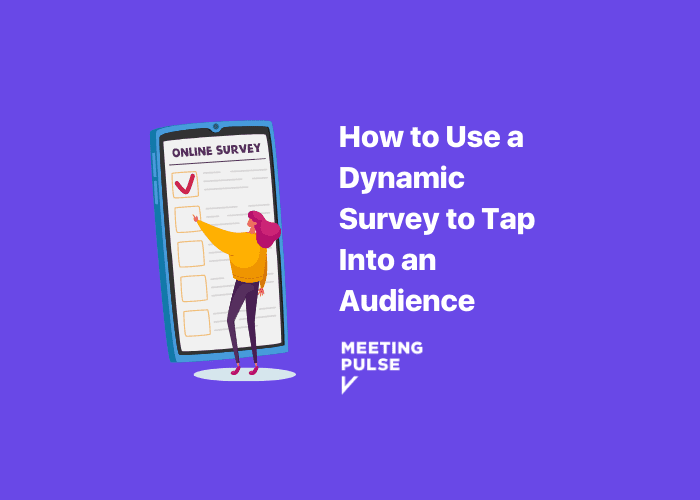You’ve taken a million surveys in your life. OK, maybe not a million, but enough to know the drill. There are a bunch of questions for you to answer, and everyone else who takes the same survey answers the same list of questions. That’s it — simple, straightforward and no surprises. But you might feel some frustration over being hit with questions that obviously don’t apply to you.
A dynamic survey, on the other hand, is a survey with a dash of fun sprinkled in. Why? Because the survey itself changes based on who is answering the questions, and how they are answering the questions. Dynamic surveys can use information an organization already possesses, or has received during an event or meeting, to decide which relevant questions are sent to individual participants. The questions stay in line with answers provided by the respondent as the survey progresses.
If you’re out to capture better customer feedback and avoid the survey fatigue consumers often feel, dynamic surveys are a great option to spice up your process. And thanks to ever-evolving technology and online tools like MeetingPulse’s dynamic survey module, it’s never been easier to create dynamic surveys for use during meetings and events.
How do you create dynamic surveys?
MeetingPulse’s dynamic survey tool lets you combine poll questions into one survey that you can run before, during, and after a meeting. Sometimes called conditional polling or flow-chart polling, our dynamic survey lets you create questions that naturally follow up on previous answers. It also allows you to specify conditions in a chain of conditions. You can direct questions to different segments of your audience. There are options to add instructions, implement text formatting and optional questions, and use a custom “thank you” slide.
You can set up your dynamic survey by starting with information you already have about the audience, such as basic facts submitted as part of registration for the event. Using that information, you can plan ahead and set up questions geared for different segments of the audience.You also can plan follow-up threads that will be based on a respondent’s previous answers.
An example of a dynamic survey
Let’s say you’re using a dynamic survey at your next all-hands meeting, and you want to create questions based on what department an attendee works in. Your first survey question could be “What department are you in?”
If an attendee answers that they’re in sales, their follow-up question could be “Do you think our last sales campaign was effective?” If they answer yes, you could ask another question about what worked best or simply end the survey for that person because you’re more interested in hearing from those who thought it was not a success. If they answered no, you could send them a question about how to improve the campaign.
In MeetingPulse, you can create a dynamic survey and set up different questions for different responses. To begin a survey, you need a “parent poll” — a question that begins to separate respondents into different categories. Your parent poll can be either a single answer poll or a yes/no poll. In our scenario above, the question “What department are you in?” would be the parent poll. (It’s also a single answer poll.)
You then create your next question and opt to make it conditional. This allows you to show this question only to a group that answered the previous question in a specific way. In our scenario, the next question would be “Do you think our sales campaign was effective?” You would set up your survey to show that question only to those who answered the parent poll with “Sales.”
You can nest conditional polls as many times as you’d like. You just need to make sure that each question in the chain is a single answer or a yes/no question until you get to the end.
Why do dynamic surveys get better results?
All surveys gather information, but a dynamic survey can help you get much more accurate data. Why?
Stronger responses
With dynamic surveys, you’ll get more accurate information. As your respondents answer questions, being able to include follow-up questions that relate to an answer from a previous question means you’ll make a better connection with them. When better-engaged participants are answering only relevant questions, you can gain stronger insights. If your survey is full of questions that aren’t relatable, a respondent is more likely to skip the questions or even the survey itself.
At an event where thousands of people are taking a survey, the amount of time that is saved for participants is significant. So is the amount of goodwill generated by a survey that lets participants know that the survey was designed for them, not just a mass of people. It’s also easier to analyze data when surveys don’t contain responses that had little or no significance to the respondents.
More personalized
Your respondents will notice when a dynamic survey is more in tune with them. They’ll likely feel more connected to your organization as a result, and that inclusivity can encourage them to participate in future surveys from your organization.
Dynamic surveys make it possible to interact with your audience in a more conversational manner, too, especially if you’re using one during an event or meeting. You can present questions to your attendees, and as answers or comments come in, they will post underneath the questions for everyone to see. They can then upvote comments, and the top voted comment will be seen.
Shorter surveys
A more relevant follow-up question can decrease the overall length of the survey, too. Your respondents will be thankful for a shorter survey with more meaningful — and relatable — questions. You’re also showing your respondents that you value their input and respect their time by keeping your survey focused.
Less survey fatigue
Consumers receive lots of surveys. By creating dynamic surveys and using them more often to engage your audience, you’ll help lessen the survey fatigue — a feeling of boredom or disinterest — they could feel when they receive your survey.
Getting results
After the surveys are done, you create custom reports that break down the answers based on your customized dynamic survey. Our engagement reports will let you see what portion of the audience voted, participated, or asked questions. You can also see reports that detail how participants voted, by issue.
Meeting Pulse provides some of the most innovative organizations in the world with a powerful crowdsourcing platform of brainstorming, tools for sentiment analysis, live polling, handy meeting Q&A tools, surveys, raffles, and more. Whether it’s a gathering of 10 or 10,000 people coming together inside those events, MeetingPulse enables meetings that count.






